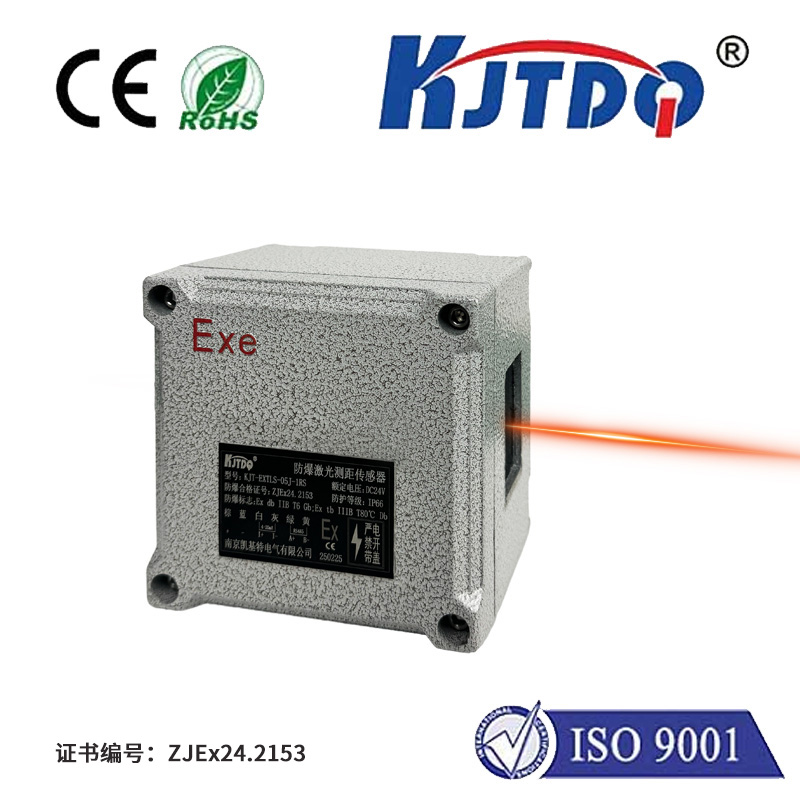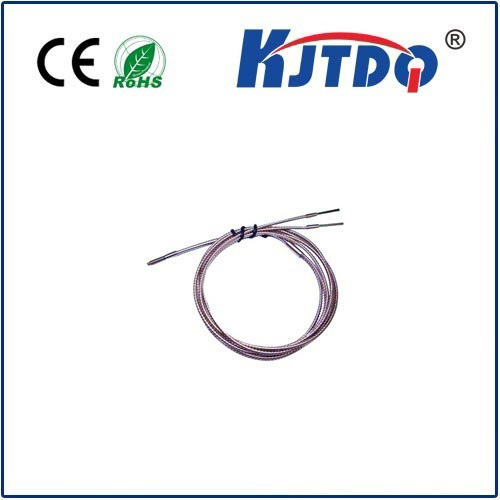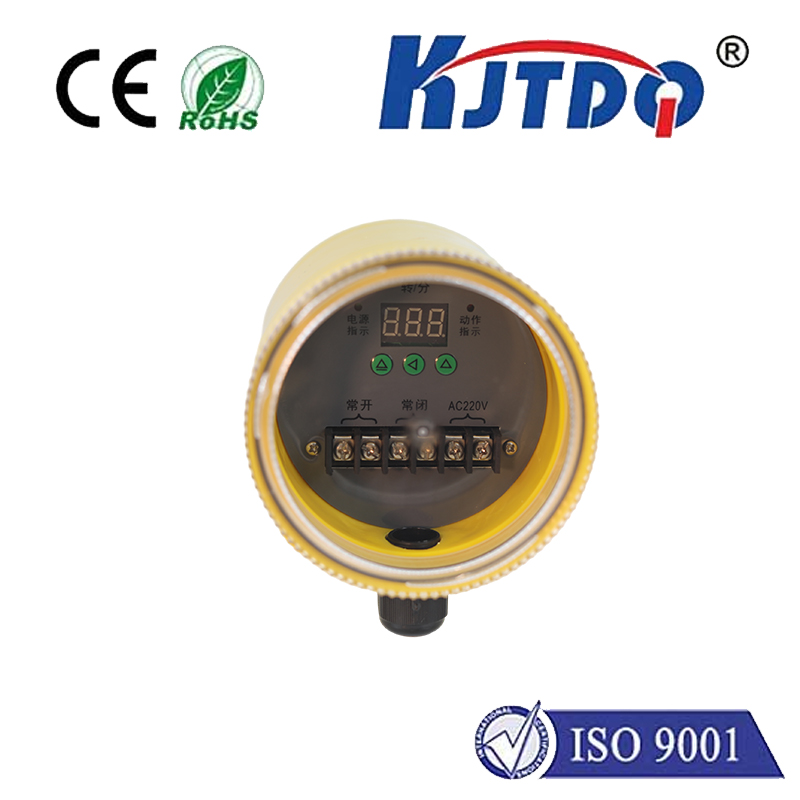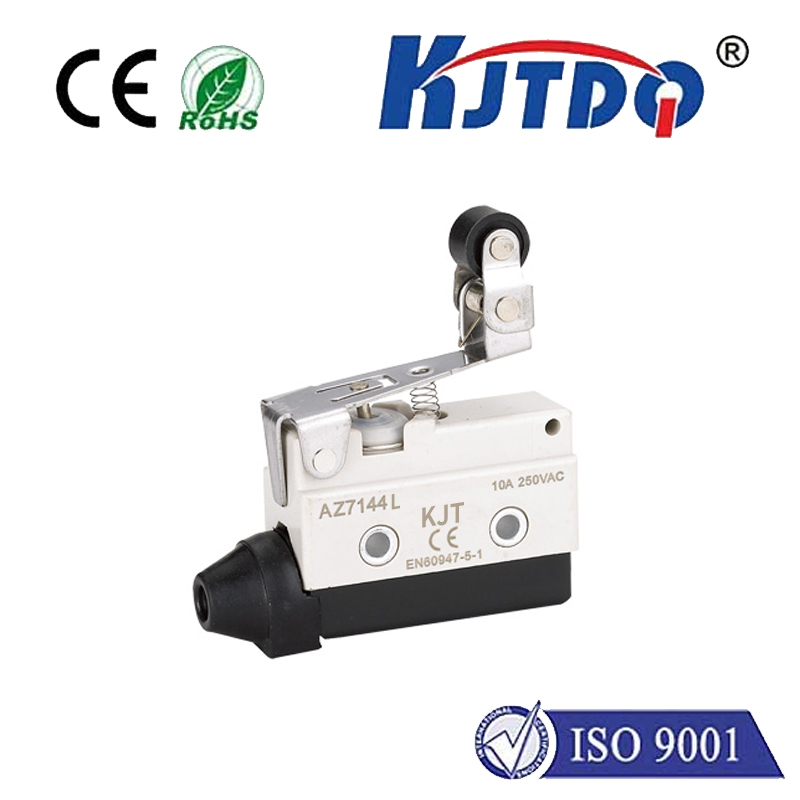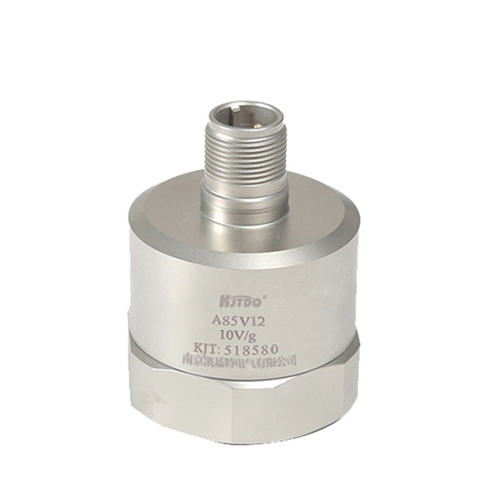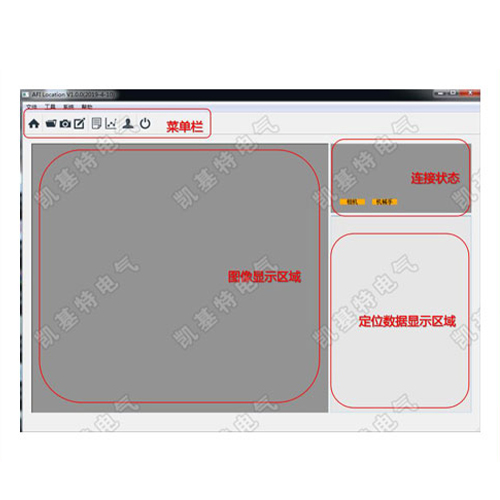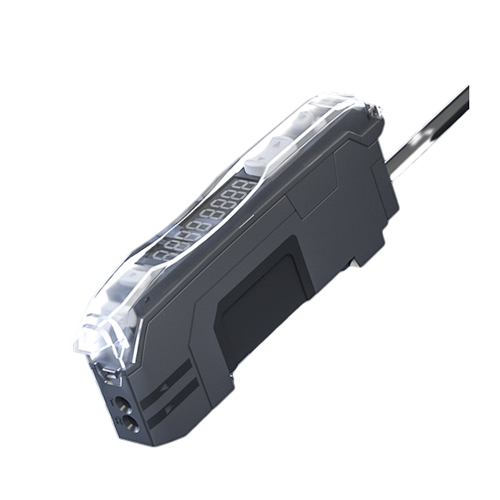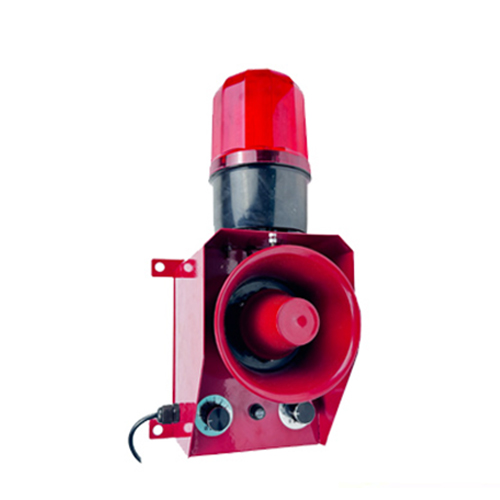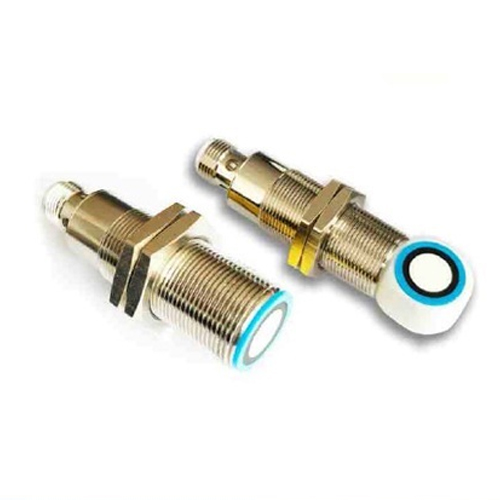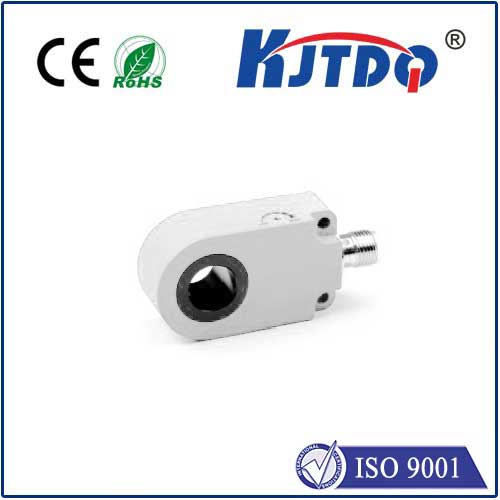fiber optic pressure sensor
- time:2025-08-19 10:17:33
- Click:0
Beyond Traditional Gauges: How Fiber Optic Pressure Sensors Revolutionize Precision Measurement
Forget the limitations of traditional strain gauges and electrical transducers. Imagine a world where pressure measurement thrives amidst extreme temperatures, crushing depths, volatile chemicals, and relentless electromagnetic noise. This isn’t science fiction; it’s the reality unlocked by fiber optic pressure sensors. These sophisticated devices are rapidly transforming industries by offering unprecedented capabilities where conventional sensors falter, delivering accuracy, reliability, and safety in the most demanding environments. From deep within oil wells to the beating heart inside a patient, fiber optics are enabling measurements previously deemed impossible.
Understanding the Core: Light as the Messenger
At its heart, a fiber optic pressure sensor leverages the fundamental properties of light traveling through an optical fiber. Unlike electrical sensors that measure changes in resistance, capacitance, or voltage, these devices detect minute alterations in light characteristics – intensity, wavelength, phase, or polarization – induced by the pressure acting upon the sensor head.
Here’s a simplified breakdown of the core principle:

- The Optical Fiber: A remarkably thin strand of incredibly pure glass (or sometimes plastic), acting as a waveguide for light.
- The Sensitive Element: This is the crucial part directly interacting with pressure. It’s strategically positioned at or integrated into the fiber. Common configurations include:
- Fiber Bragg Grating (FBG): A periodic modulation of the fiber’s core refractive index. Pressure changes strain the grating, shifting the specific wavelength of light it reflects (Bragg wavelength shift). This shift is directly correlated to pressure.
- Fabry-Perot Interferometer (FPI): A tiny cavity formed either intrinsically within the fiber or by attaching mirrors. Pressure changes alter the cavity length, causing shifts in the interference pattern (phase shift) of light reflected within it.
- Intensity-Based Sensors: Pressure causes physical movement (like bending the fiber or modulating a mirror gap), directly changing the amount of light transmitted or reflected (intensity modulation).
- Extrinsic Sensors: The fiber primarily transmits light to and from a separate mechanical sensing element (like a diaphragm) that modulates the light based on pressure.
- Interrogation Unit: This sophisticated piece of equipment launches light into the fiber and analyzes the returning signal. It precisely measures the changes in wavelength, phase, or intensity and converts them into a calibrated pressure reading. The intelligence lies in interpreting these subtle light modulations with extreme precision.
Why the Shift to Fiber Optics? Key Advantages Driving Adoption
The surge in popularity of fiber optic sensing technology for pressure measurement isn’t accidental. It stems from a cluster of inherent advantages that solve critical pain points:
- Immunity to Electromagnetic Interference (EMI): This is arguably the most significant benefit. Being entirely optical, these sensors are completely unaffected by strong electric fields, magnetic fields, radio frequency interference (RFI), or lightning. This makes them ideal for environments like power generation facilities, industrial motor control centers, MRI suites, and aerospace applications.
- Intrinsic Safety: Optical fibers carry light, not electricity. They generate no sparks and pose minimal risk of ignition in hazardous environments containing flammable gases, vapors, or dust (ATEX/IECEx zones). This intrinsic safety is paramount in oil and gas exploration, refining, chemical processing, and mining.
- High Temperature and Pressure Capability: Specialized silica fibers and sensor designs can withstand extreme temperatures (often exceeding 1000°C for short durations, and consistently operating >300°C) and pressures (up to tens of thousands of PSI). This is critical for downhole monitoring in oil wells, jet engine testing, and high-pressure industrial processes.
- Corrosion and Chemical Resistance: Glass optical fibers are inherently resistant to most corrosive chemicals and solvents, outperforming many metallic sensor components. This enhances longevity and reliability in chemical processing, marine environments, and biomedical applications.
- Small Size and Light Weight: The extremely small diameter of optical fibers and miniature sensor heads allows for minimally invasive measurements. This is vital in medical devices (catheter-tip pressure sensors), structural health monitoring embedded within materials, and compact aerospace systems.
- Long-Distance Transmission & Multiplexing: Optical signals experience minimal loss over kilometers of fiber, enabling remote sensing far from the interrogation unit. Crucially, multiple sensors (especially FBGs) can be written at different points along a single fiber, creating a distributed fiber optic sensing network or quasi-distributed sensing array. This dramatically simplifies cabling and reduces cost per measurement point for large structures (pipelines, dams, aircraft wings, wind turbine blades).
- High Sensitivity and Accuracy: Advanced interrogation techniques allow for the detection of extremely minute pressure changes with high resolution and accuracy, often surpassing traditional electrical sensors.
Transforming Industries: Diverse Applications of Fiber Optic Pressure Sensors
The unique strengths of optical pressure transducers make them indispensable across a wide spectrum of high-stakes sectors:
- Oil & Gas:
- Downhole Monitoring: Real-time measurement of reservoir pressure and temperature during drilling, production, and injection, crucial for reservoir management and optimization in harsh, high-P/T conditions.
- Pipeline Leak Detection (Distributed Acoustic Sensing - DAS often incorporates pressure wave detection).
- Subsea Christmas Tree and Wellhead Monitoring.
- Aerospace & Defense:
- Aerodynamic Pressure Measurement on aircraft wings, fuselage, and engines under extreme flight conditions.
- Structural Health Monitoring (SHM) for detecting stress, strain, and pressure points on airframes and rockets.
- Hydrostatic pressure sensing in fuel tanks and hydraulic systems.
- EMI-immune testing in electromagnetic harsh environments.
- Energy & Power Generation:
- Pressure monitoring inside turbines and generators subject to intense EMI.
- High-temperature pressure sensing in boilers and combustion chambers.
- Transformer Tank Pressure monitoring (oil-filled transformers).
- Medical & Life Sciences:
- Minimally Invasive Catheter-Tip Pressure Sensors for intra-aortic balloon pumps, intracranial pressure (ICP) monitoring, urodynamics, and gastroenterology. The MRI-compatibility is a game-changer.
- Bioreactor and fermentation process control.
- Civil Engineering & Structural Health Monitoring:
- Pore water pressure monitoring in dams, levees, and foundations.
- Pressure distribution sensing on bridges and tunnels.
- Embedded sensors in composite materials for smart structures.
- Industrial Process Control:
- Pressure measurement in corrosive chemical processing.
- High-purity processes (semiconductor manufacturing).
- High-voltage switchgear monitoring.
Navigating the Landscape: Key Fiber Optic Pressure Sensor Technologies
While the core principle remains consistent, several distinct technologies dominate the fiber optic sensor market for pressure:
- Fiber Bragg Grating (FBG) Sensors: Highly versatile, excellent for multiplexing, provide absolute wavelength-encoded measurements. Widely used in SHM, medical, and oil & gas (fiber optic pressure transducer FBG).
- Fabry-Perot Interferometric (FPI) Sensors: Offer very high sensitivity and resolution. Ideal for demanding applications requiring precise, localized measurements, often found in medical catheters and specific industrial spots.
- Intensity Modulated Sensors: Often simpler and lower cost, suitable for less extreme environments or applications where multiplexing isn’t critical.
- Distributed Sensing (DAS/DTS/DSS): While primarily for acoustic, temperature, or strain, pressure events (like leaks generating acoustic waves) can be detected along the entire fiber length, offering unique large-scale monitoring capabilities.
The evolution of fiber optic pressure sensors represents a paradigm shift in sensing technology. By harnessing light as the information carrier, they overcome fundamental limitations of electrical systems, enabling safer












